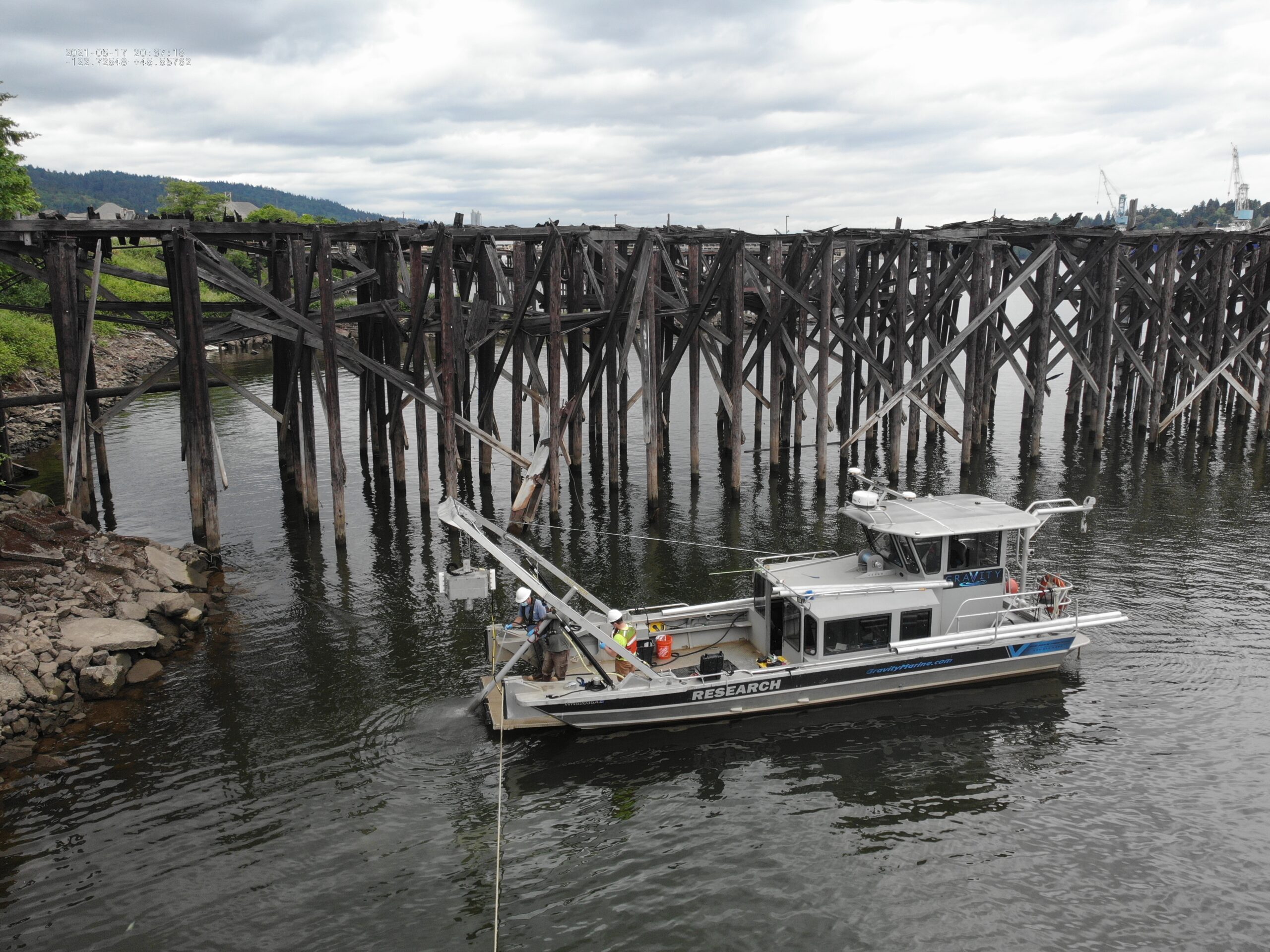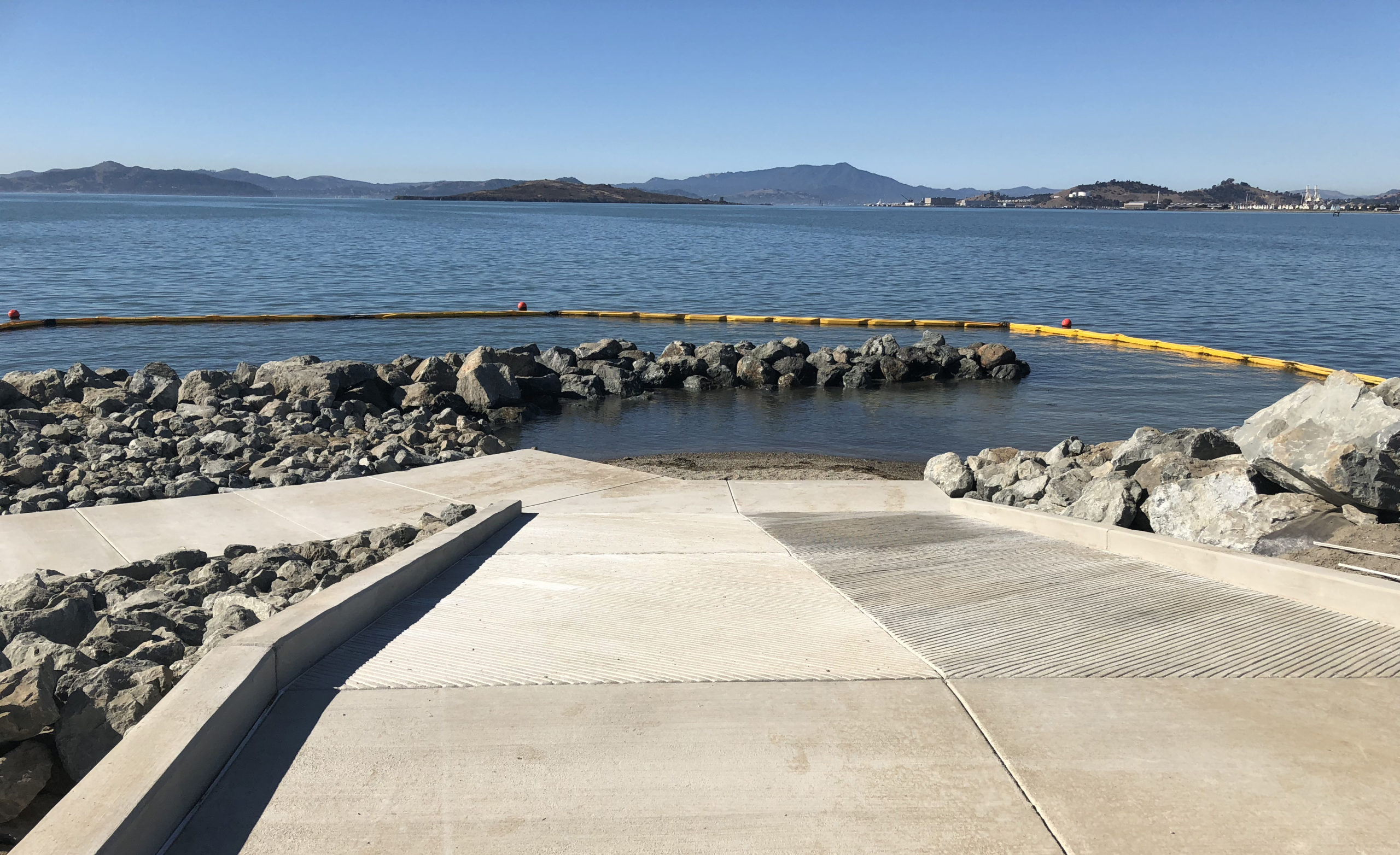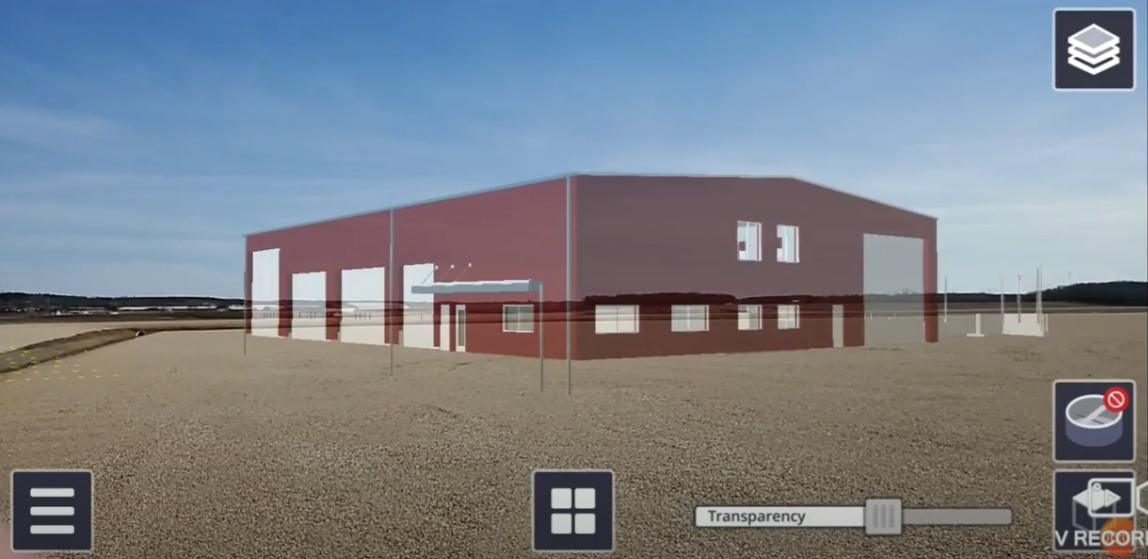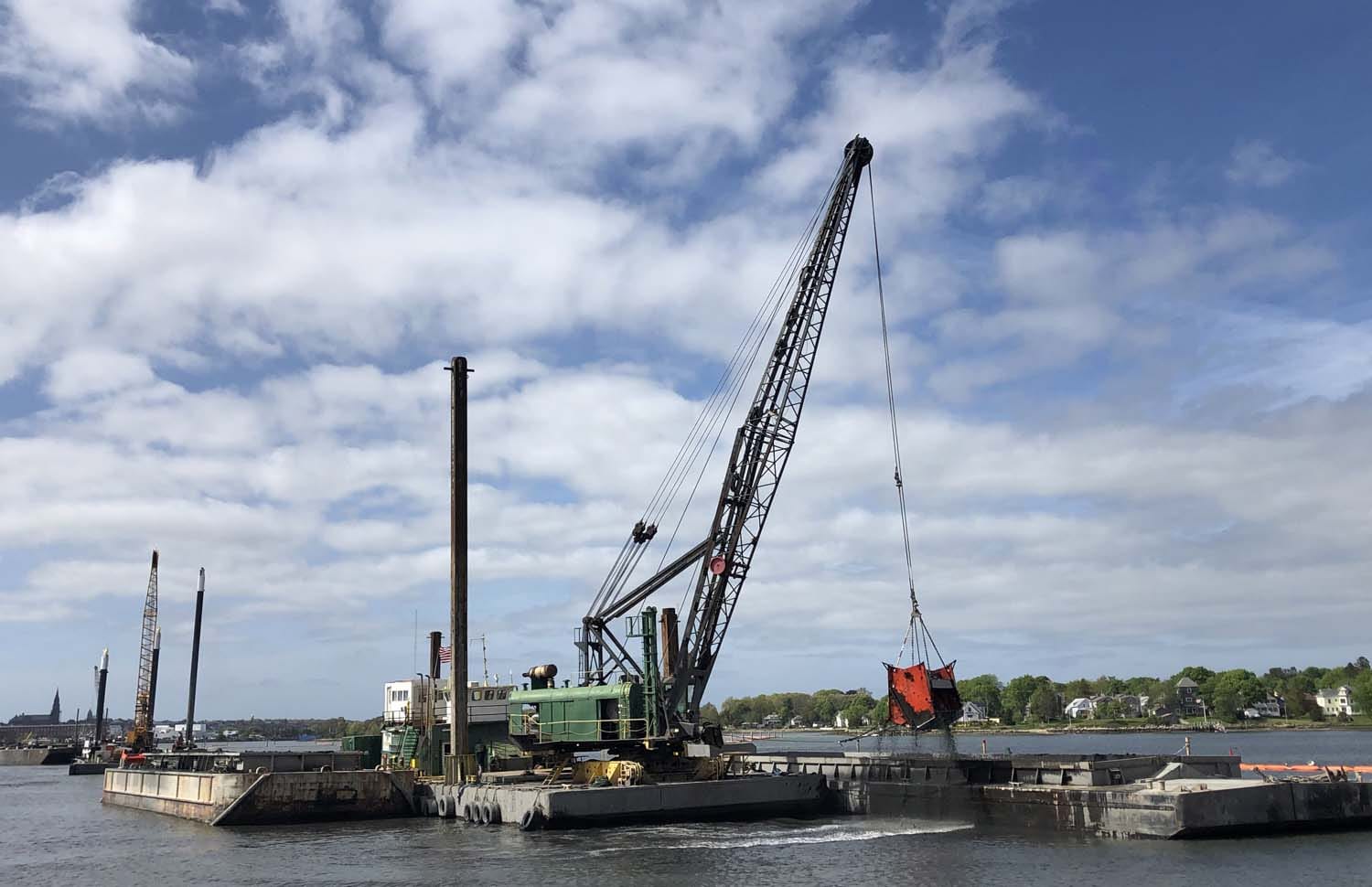
Across the U.S., marinas and port authorities are faced with the concurrent challenges of managing aging marine infrastructure and increasing coastal resilience. Defined by the National Oceanic and Atmospheric Administration as the ability to “bounce back” after such events as hurricanes, coastal storms, and flooding, building coastal resilience requires forethought, planning, and significant investment to repair and replace infrastructure built 50 to 100 years ago.
Parallel to these challenges are attractive growth opportunities. Not only is there anticipated strength in long-term international trade after activity declined during the COVID-19 pandemic, but increasing global focus on meeting the demand for energy with carbon neutral sources means a burgeoning offshore wind market and new commercial opportunities. Technological advances including the Internet of Things, robotics, and smart grids, to name a few, will play a growing role throughout the entire port value chain, producing efficiencies and better data.
When it comes to tackling technically complex and environmentally sensitive waterfront projects and capitalizing on opportunities from coast to coast, clients turn to Foth and its members for expertise, flexibility, innovation, and solutions for their toughest science and engineering challenges.
The Port of New Bedford, Massachusetts
The Port of New Bedford in Massachusetts is the number one commercial fishing port by value in the U.S., generating $11.1 billion in economic value each year by supporting a blend of commercial, industrial, and recreational opportunities. Some of the Port’s historic manufacturing activities have resulted in high concentrations of PCBs, or polychlorinated biphenyl, a toxic compound once widely used in hundreds of industrial and commercial applications, and heavy metals. Since being designated a Superfund site in 1983, the Environmental Protection Agency and the Port have dredged approximately 1.4 million cubic yards of contaminated sediment from the harbor, and the work continues.
The Port retained Foth in 2018 to undertake three major initiatives. The first is the design and construction of a fourth Confined Aquatic Disposal (CAD) cell with the capacity to safely dispose of 520,000 cubic yards of contaminated dredged sediments from the harbor. The use of CAD cells reduces the project timeline, the cost (other solutions are six to 10 times more expensive), and avoids the risks and costs associated with transporting the materials off site. The second is the design and construction of a north terminal extension including the creation of back land, and the third is phase five dredging, consisting of dredging more than 40 sites throughout the New Bedford and Fairhaven harbor.
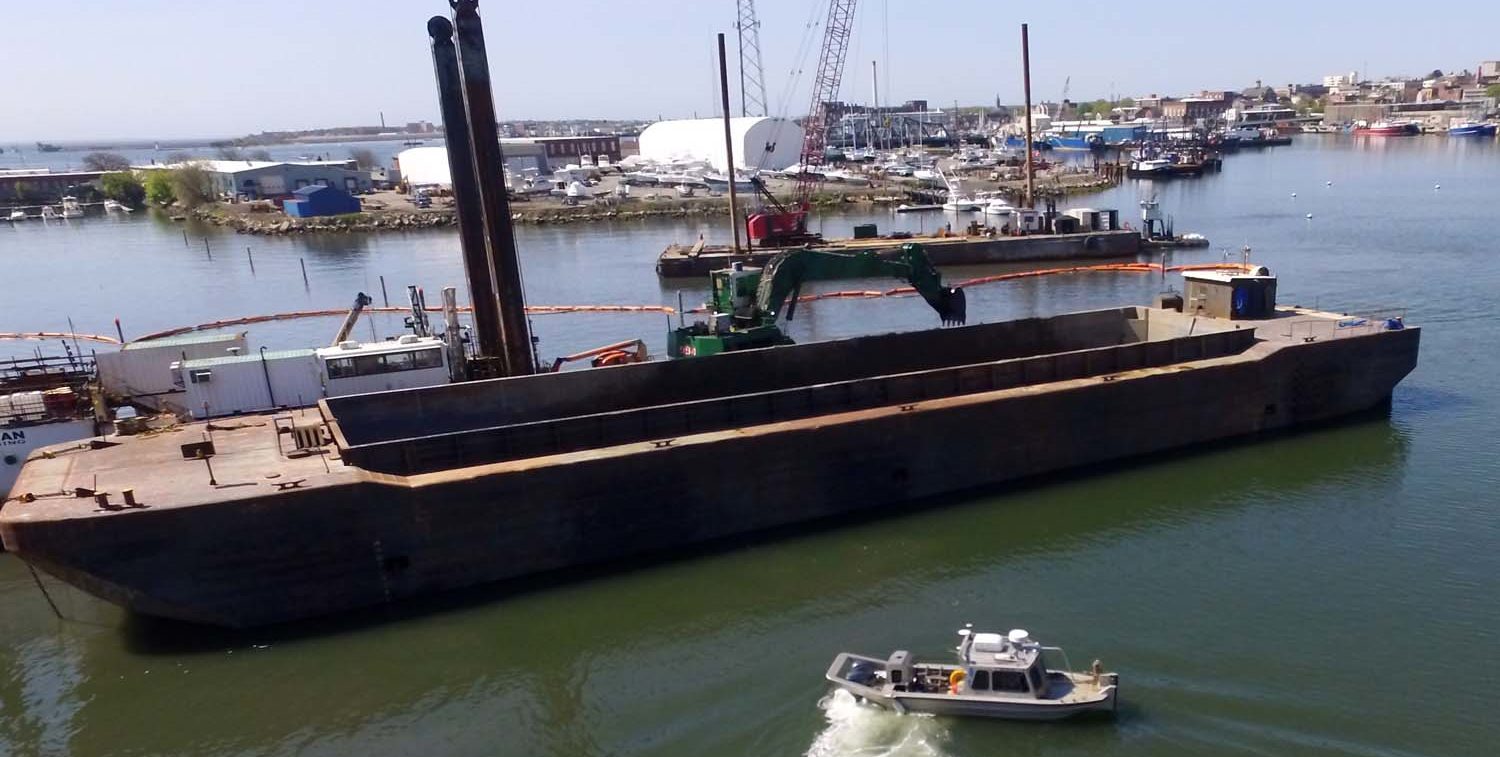
Extending an Existing Terminal for Future Use
A unique aspect of this project is the north terminal extension, as it is extremely rare to be able to create new land within a harbor and transition the shoreline to a terminal facility. The north terminal extension must meet the infrastructure needs of commercial fishermen, the offshore wind industry, and other port users.
In undertaking this project, Foth’s structural engineers designed steel cellular cofferdams that, when backfilled, will serve as the interface between the dredged berth area and the filled areas that will become the back land of the terminal, connecting the waterfront with the existing landscape. The design also includes a pile supported concrete relieving platform and fendering along the quay side which allows for vessel berthing, loading, and unloading. Foth’s geotechnical engineers evaluated the materials and developed performance-based specifications for the placement of dredged sediment that will be covered with clean materials to create the back land.
To provide visualization for stakeholder consultation and participation, Foth developed renderings of the new terminal facility in a fly-over which highlighted the uniqueness of the project. Construction of the north terminal extension is scheduled for completion in June of 2022.
Through this project, Foth is supporting the port in the clean up of the harbor, activating areas of the shoreline for maritime use, and creating jobs. Foth is working with several partners in ensuring the success of the project, including government agencies, funding partners, contractors, and stakeholders, consisting of 40 commercial sites. This complex and technically challenging project has allowed Foth to bring its members together to deliver for the Port, ensuring stakeholders are engaged, partners are aligned, funding is secured, and problems are solved with flexibility and creativity.
The Future of the Maritime Industry
Ports and harbors will continue to be vital in connecting us globally, and there will be increased pressure to do so in environmentally sustainable ways, including via enhanced environmental regulations. Increasing space demands and the encroachment of cities to ports means that creative waterfront redevelopment solutions are required, like the terminal extension Foth designed for the Port of New Bedford.
Whether your project involves dredging, marine infrastructure, shoreline restoration, or increasing coastline resilience, Foth is the partner you can trust to see your project through from strategy to construction.
Markets: Utilities, Waterfront and Marine

